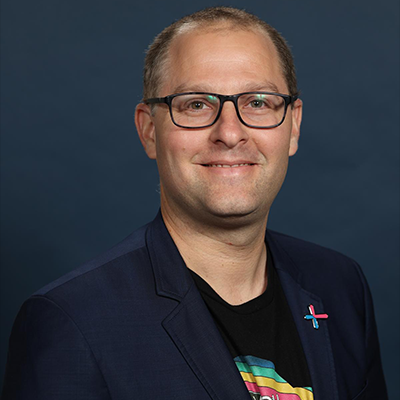Q1. You recently predicted that automatic code generators such as AWS CodeWhisperer, Tab9 and Github CoPilot will one day replace traditional coding. What is driving the trend and what are the potential security implications?
From what we observe, the focus of many software development activities is moving towards the “developer experience”, where it’s all about efficiency, immediate value, and ease of use. As a result, automatic code generators fit all requirements, and we’re already hearing from developers that the tools save a lot of time, allowing them to solely focus on proper business logic development.
Now, while traditional coding will probably never go away, we believe a major portion of it will be replaced by automatic code generators, which will allow developers to focus even more on the pure business logic they need to develop. However, there are security implications that we need address like making sure the generated code doesn’t possess any traditional vulnerabilities or create new ones. As the technology continues to mature, we hope to also create a real, auto-remediation approach to potential vulnerabilities for all code types, especially source code.
Q2. There has been a big increase in attacks targeting public code repositories such as npm and PyPI over the past year. In many of these attacks, threat actors have uploaded malicious packages or poisoned legitimate ones to try and infiltrate software development/build environments. What gap in enterprise defenses has this trend exposed?
Over the past year, we have seen a significant increase in software supply chain attacks, specifically around open source. Attackers fully understand that open source is designed to be "open" to all, and it's also open to them. This fact has allowed attackers to exploit this design weakness and introduce a new set of attacks. This is one of the main gaps in enterprise defenses today.
In most companies today, developers have the autonomy to use whatever open source code they wish, which is essentially “taking code from strangers.” Unlike CVEs, which might be exploitable, this risk can be easily assessed. However, when attackers infect the supply chain with purpose-built malicious packages, the situation is much different. There are no CVEs for malicious packages, and they are not being tracked by something like the NVD. Gone are the days when open source risk can be managed by simply updating know vulnerable packages. Malicious code is automatically executed, often without anyone knowing they were just infected.
Checkmarx helps customers define a repeatable process that can be used to eliminate known vulnerabilities (CVEs) and reduce malicious risk. Today, customers use the Checkmarx One Platform and our Software Composition Analysis (SCA) engine to first identify all open source. Once identified, our SCA engine in combination with our supply chain threat intelligence notifies our customers about both known vulnerabilities and malicious code packages.
So far, Checkmarx has identified over 140,000 malicious open source packages - the most of any application security solution provider in the market. Leveraging our technology, we create a repeatable process to identify changes in existing packages—what we call “a good package gone bad—as well as a process that helps customers understand risk before the package is ever brought into their organizations.
Q3. What is Checkmarx's main focus at Black Hat Europe 2022? What do you have lined up for customers at the event?
Our main focus at Black Hat is to raise the level of awareness around the Checkmarx One Platform. This platform was built in the cloud, for the cloud, and for those moving to the cloud. Gone are the days of disparate application security testing solutions that don’t work well with the way code is being built today, where it’s code, low-code, and no-code.
The platform comes with a suite of tools that allows organizations to manage risk in source code, open source dependencies, supply chains, APIs, infrastructure as code, and containers. The solution comes with the most advanced correlation engine so organizations can visualize and model their risk profiles and reduce risk where is makes the most sense. In addition, we plan to demonstrate an integrated DAST solution as part of Checkmarx One, allowing our customers to get more application security coverage and closing all aspects of their cloud-native application.
The platform is available to organizations of all sizes and budgets, and it fully integrates with the tools developers use. The platform automates security scanning as far left as possible, and developers and security teams around the world are adopting it over their previous solutions and approaches. Checkmarx One is the most comprehensive application security platform, already supporting five different SaaS geo-locations worldwide and now also supports the ability to self-host it on our customers’ own VPC (virtual private cloud).
For those that desire to learn more about the Checkmarx One Platform, stop by our booth for a live demonstration with our software security experts. The world runs on code; we secure it.










